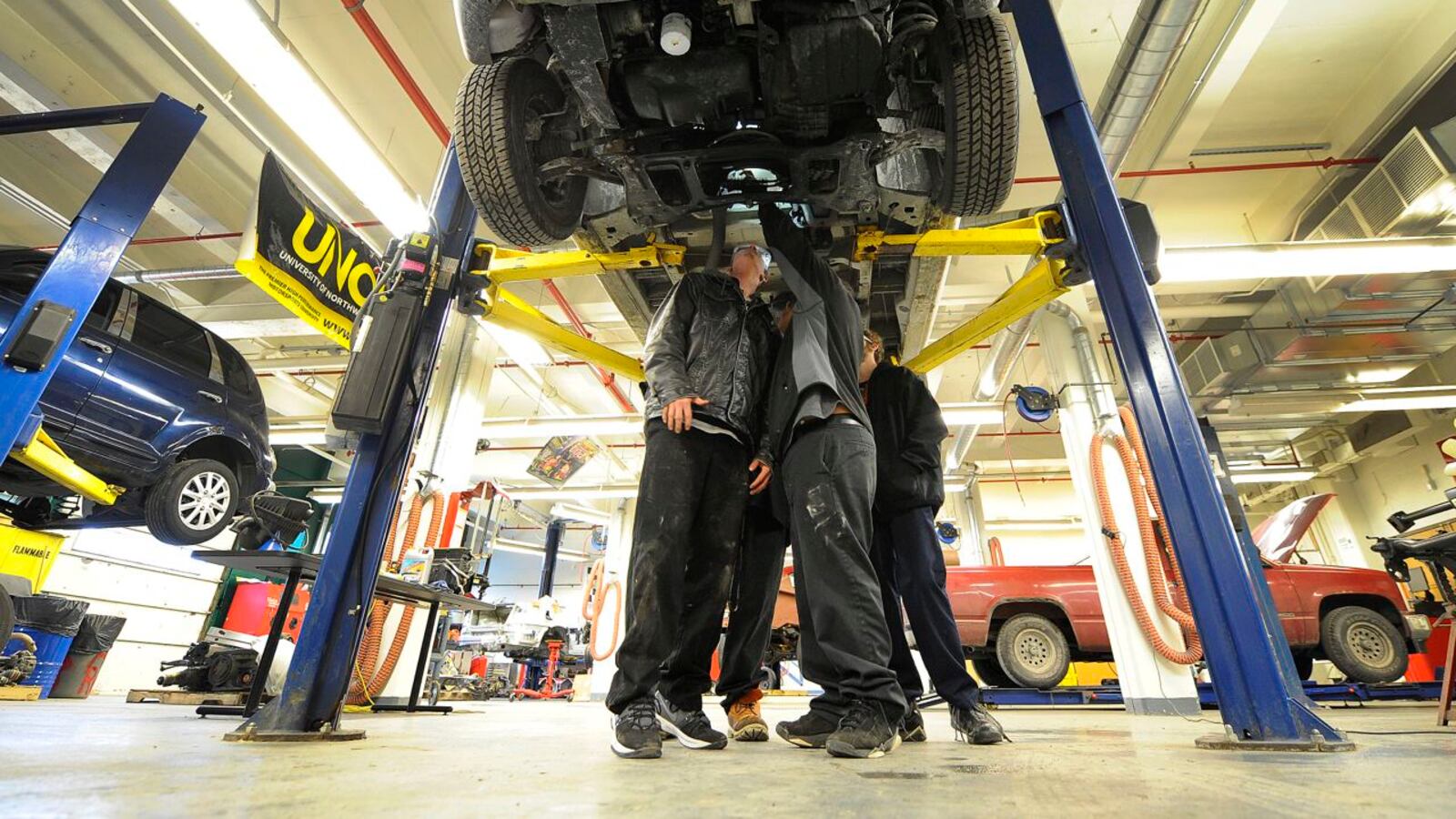Every summer, David Brunsting’s job as vice principal at Arsenal Tech High School is tougher than it has to be: even after registration week, he has no idea how many students will actually show up to school on the first day of classes.
That’s because everything changes in a short matter of months.
In June, he may be expecting 1,900 kids. But during registration, parents come out in huge numbers and form long lines to sign up. The school’s enrollment may balloon to 2,100 kids.
Then come the inevitable first-day-of-school no shows. As Brunsting calls parents, he prepares for the impending scheduling nightmare.
“(They say) ‘I’m at Herron High School,'” Brunsting said. “Or ‘I’m at North Central High School.’ We’ll probably settle into somewhere around 2,000 kids, but I really don’t know.”
Could one school enrollment system between IPS and the city’s charter schools alleviate that annual struggle and help schools plan better? Brunsting and other school and community leaders say they think so.
“School choice is here whether you like it or not,” Brunsting said Wednesday at a Teach Plus-sponsored event to explore how a unified school enrollment system could work in Indianapolis. “Now you have to figure out how to work with it, deal with it and make it equitable.”
The prospect of combining IPS’s enrollment system with charter schools isn’t a new one — Teach Plus proposed it back in 2013 — but the idea has gained traction recently with local education leaders.
IPS Superintendent Lewis Ferebee said last month that he’d had “very preliminary” conversations with city leaders about creating a single enrollment system after the advocacy group Stand For Children pitched a simpler plan under which charter and public schools would simply share data. And Teach Plus in May released a report that found school leaders had “regret and frustration” about the fact that many Indianapolis parents don’t understand their options for selecting a school for their child.
Proponents argued tonight that a single process for applying to all schools would make the system more fair and give all students an equal shot at attending a school with high test scores. Opponents of the idea have said that such a system benefits charter schools more than IPS and gives an edge to the district’s competitors.
“A huge part of school choice is just information,” said Gabriela Fighetti, deputy director of the national Institute for Innovation in Public School Choice, who attended the meeting and has been working with Teach Plus. “It means we have to all come together and try to set policies that work for the whole even if they don’t work as well for some individuals. It requires a give and take on both sides to achieve a greater good for the whole city.”
That’s key for Miriam Acevedo, whose organization La Plaza supports Hispanic families. Hispanics make up about 23 percent of IPS’s enrollment, but Acevedo said many families don’t know they can apply to magnet schools, charter schools or other programs.
“Families feel really disrespected by the system and not welcome,” Acevedo said. “Open enrollment will certainly ensure that all families have equal access to quality schools.”
Emily Pelino, executive director of KIPP Indianapolis, said she frequently speaks with parents who don’t know their high school options in Indianapolis, or where to go to enroll.
“There’s a lot of misinformation,” Pelino said. “We hear similar feedback from them in terms of lack of transparency, not knowing timelines.”
Brunsting said his position on unified enrollment evolved as he learned more. He was skeptical at first, he said. But now he’s in favor of parents having an easier time making choices about where they’d like their kids to go.
“As a public school supporter, if I can get a system where somebody can see (Arsenal Tech’s) math and science magnet, New Tech High and see how awesome those programs are, then I think that only helps IPS,” he said. “We may lose some too. That’s fine. To me, if that’s the best school for that kid, that’s a good thing.”


